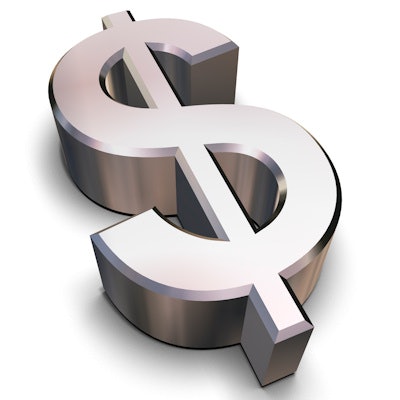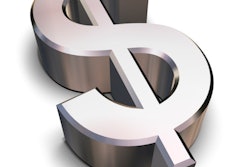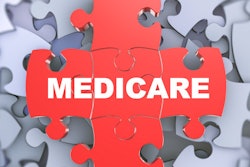
Annual U.S. spending on dental care is projected to reach $192 billion by 2026, with an annual growth rate that lags overall growth in healthcare expenditures in the country, according to a February 14 report in Health Affairs.
While spending on dental care will increase by more than $80 billion by 2026 compared with $111 billion in 2013, this annual growth rate of 4.6% will not keep pace with the average annual growth rate of overall U.S. healthcare spending of 5.5%. Demographic and economic trends will be overall drivers of the increases in healthcare spending, according to lead author Gigi Cuckler, an economist in the Office of the Actuary at the U.S. Centers for Medicare and Medicaid Services (CMS).
"Although there remains considerable uncertainty regarding the future of health policy, we expect health spending growth to increase over this next decade as a result of economic and demographic trends," Cuckler stated in a Health Affairs release.
2017 numbers
The researchers accumulated figures from CMS' National Health Statistics Group from the Office of the Actuary and the U.S. Department of Commerce Bureau of Economic Analysis and Census Bureau. They emphasized that data from CMS are considered the most reliable.
In 2017, U.S. spending on dental and oral healthcare increased 3.8% to more than $129 billion, up from more than $124 billion in 2016. However, the growth in spending on dental was smaller than overall growth in total healthcare expenditures, which increased 4.6% to almost $3.5 trillion in 2016.
While spending on dental services is projected to increase by more than $80 billion from 2013 to 2026, spending on physician services and personal healthcare is expected to almost double over the same period (see table below).
| U.S. health expenditures for 2013-2026, in billions of dollars | |||||||
| Spending category | 2013 | 2015 | 2016 | 2017 | 2018 | 2020 | 2026 |
| Health expenditures | 2,879.0 | 23,200.8 | 3,337.2 | 3,489.2 | 3,675.3 | 4,090.9 | 5,696.2 |
| Health consumption expenditures | 2,725.9 | 3,047.1 | 3,179.8 | 3,325.4 | 3,504.3 | 3,901.7 | 5,437.1 |
| Personal healthcare | 2,436.7 | 2,715.5 | 2,834.0 | 2,958.0 | 3,112.7 | 3,466.3 | 4,836.3 |
| Physician & clinical services | 596.6 | 631.0 | 664.9 | 698.3 | 733.9 | 814.2 | 1,110.2 |
| Dental services | 111.1 | 118.9 | 124.4 | 129.1 | 134.4 | 147.0 | 192.0 |
Where did this spending come from? In 2017, households (29%) and the U.S. government (26%) accounted for the largest shares of healthcare spending, followed by private businesses (20%) and state and local governments (18%), the authors reported.
Medicare driving
These projections are based on current law and assume no legislative changes over the survey period, the authors noted.
They speculated that the aging of the U.S. population will lead to an increase in Medicare spending, which in turn will drive higher overall healthcare spending. Medicare spending is projected to experience an average annual growth rate of 7.7% through 2026, compared with 5.5% for overall U.S. healthcare spending.
"In addition, by the end of the projection period, the expected higher share of aged and disabled enrollees contributes to faster growth in Medicaid spending," the authors concluded.
Other key findings of the report include that the uninsured population in the U.S. dipped to 28.6 million in 2016 but increased to 29.4 million for 2017, and it will continue to increase up to 37.7 million during the projected period until 2026.
Among the largest healthcare goods and services, prescription drugs are projected to experience the fastest average annual spending growth in 2017 to 2026 (6.3% per year).
"This trend primarily reflects faster anticipated growth in drug prices, which is attributable to a larger share of drug spending being accounted for by specialty drugs over the coming decade," the authors explained.



















